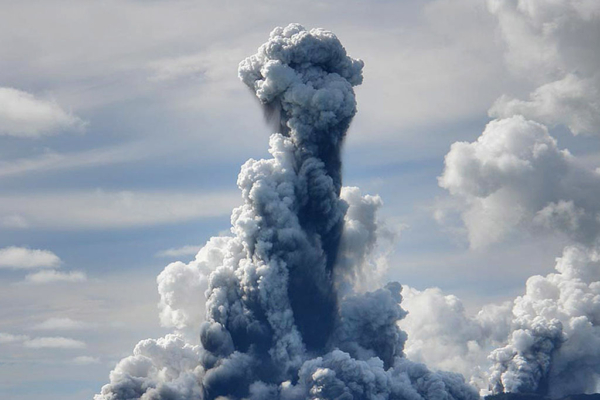Scientists have expressed concerns about the situation off the coast of Oregon, 300 miles where a large underwater volcano is showing signs of an imminent eruption.
The volcano, known as Axial Seamount, is situated on a geological hotspot nearly 1 mile underwater. Here, scorching molten lava erupts from the mantle and flows into the crust.
For decades, scientists have been monitoring this massive underwater volcano, and recent activities – including an increase in nearby earthquakes and the swelling of the volcano structure itself – indicate an upcoming eruption.
According to NBC, Bill Chadwick, a volcanologist and research professor at Oregon State University, stated that based on current predictions, the volcano known as Axial Seamount could erupt at any time between now and the end of the year.
Chadwick and his colleagues from the University of Washington and the University of North Carolina Wilmington have been using underwater sensor networks to detect the volcano’s activity.
Over the past few months, these instruments have captured signals of Axial Seamount being active. For example, in late March and early April, researchers recorded over 1,000 earthquakes each day. Chadwick mentioned that the volcano is also steadily inflating, a clear sign of lava filling.
Researchers from the National Science Foundation’s Ocean Observatories Initiative say that as more volcanic magma accumulates, there has been a sharp increase in earthquake frequency, indicating a potential volcanic eruption.
CNN reported that William Wilcock, an ocean geophysicist and professor at the University of Washington’s School of Oceanography, who studies the volcano, said, “Currently, there are hundreds of earthquakes daily, but still much fewer than before the last eruption.”
“I think it will erupt later this year or early 2026, but it could also be tomorrow because it is completely unpredictable,” he said.
Wilcock stated that during the last eruption in April 2015, the research group observed around 10,000 small-scale earthquakes within 24 hours, and they expect a similar event for the next eruption.
He added that magma – molten lava beneath the Earth’s surface – has been leaking out of Axial Seamount for a month, trailing about 25 miles on the seafloor. Fortunately, the volcano’s relatively gentle nature makes it suitable for close human observation.
Due to the volcano’s remote location, even in the event of a strong eruption, people on land would not be affected.
Chadwick emphasized that there are no explosions or anything, so it won’t have any impact on people.

